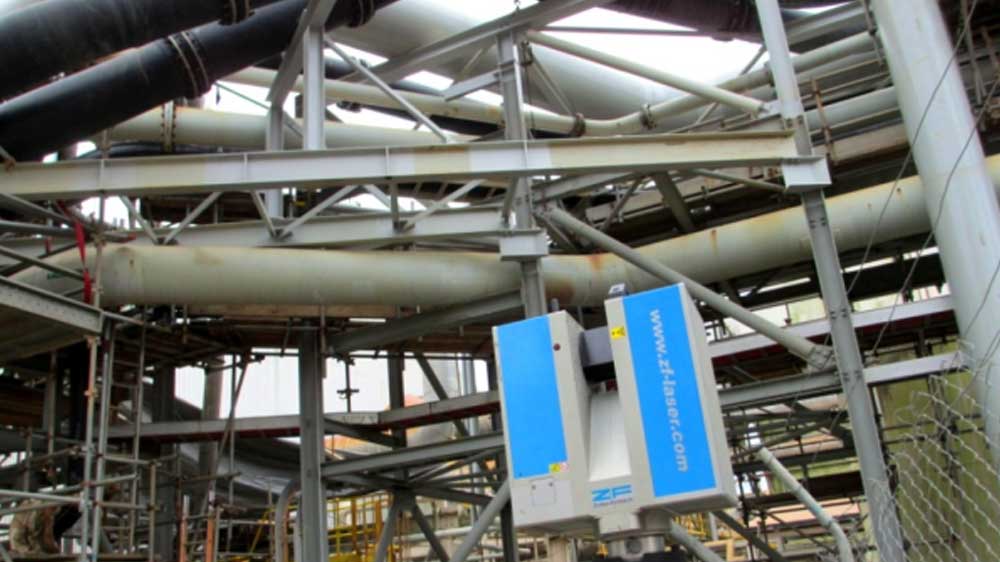

From Laser Scanning to CMMs: The Techniques Behind Dimensional Control Surveys
Dimensional control surveys are a critical component of the construction process that involves the precise measurement and alignment of structures to ensure that they meet the specified design requirements. It involves the use of advanced surveying equipment and techniques to measure the dimensions, angles, and positions of various structural elements accurately. This information is then used to adjust the construction process to ensure that the final product meets the desired specifications.
The primary goal of a dimensional control survey is to ensure that the completed construction project meets the design requirements, including the required dimensions, tolerances, and alignments. It is essential for ensuring that the project is safe, functional, and aesthetically pleasing. A failure to meet the specified design requirements can result in costly rework, delays, and potential safety hazards.
Dimensional control surveys involve a range of techniques, including laser scanning, photogrammetry, and coordinate measuring machines (CMMs). These techniques allow surveyors to measure and analyze data from various points and angles to ensure accuracy and completeness.
Laser scanning is a non-contact technique that uses laser beams to capture detailed 3D images of the construction project. The data collected is then used to create a digital model of the structure, which can be used to identify any deviations from the design specifications.
Photogrammetry involves the use of digital cameras to capture multiple images of the construction project from different angles. The images are then processed to create a 3D model of the structure, which can be used to identify any discrepancies in the construction process.
CMMs are precise measuring devices that use a probe to measure the dimensions of various structural elements. They are commonly used to measure the dimensions of machine parts and components but can also be used in construction projects to ensure that the required tolerances and alignments are met.
The frequency of dimensional control surveys will depend on the complexity of the construction project and the desired level of accuracy. For instance, a high-rise building or a large-scale industrial project may require more frequent surveys than a simple residential structure.
In addition to ensuring that the completed project meets the specified design requirements, dimensional control surveys can also provide valuable data for future construction projects. The data collected can be used to refine the construction process and improve the efficiency and accuracy of future projects.
In a nutshell, dimensional control surveys are a critical component of the construction process that ensures that the completed project meets the specified design requirements. It involves the use of advanced surveying equipment and techniques to measure the dimensions, angles, and positions of various structural elements accurately. The data collected is used to adjust the construction process to ensure that the final product meets the desired specifications. The frequency of dimensional control surveys will depend on the complexity of the construction project, and the data collected can provide valuable insights for future construction projects.
